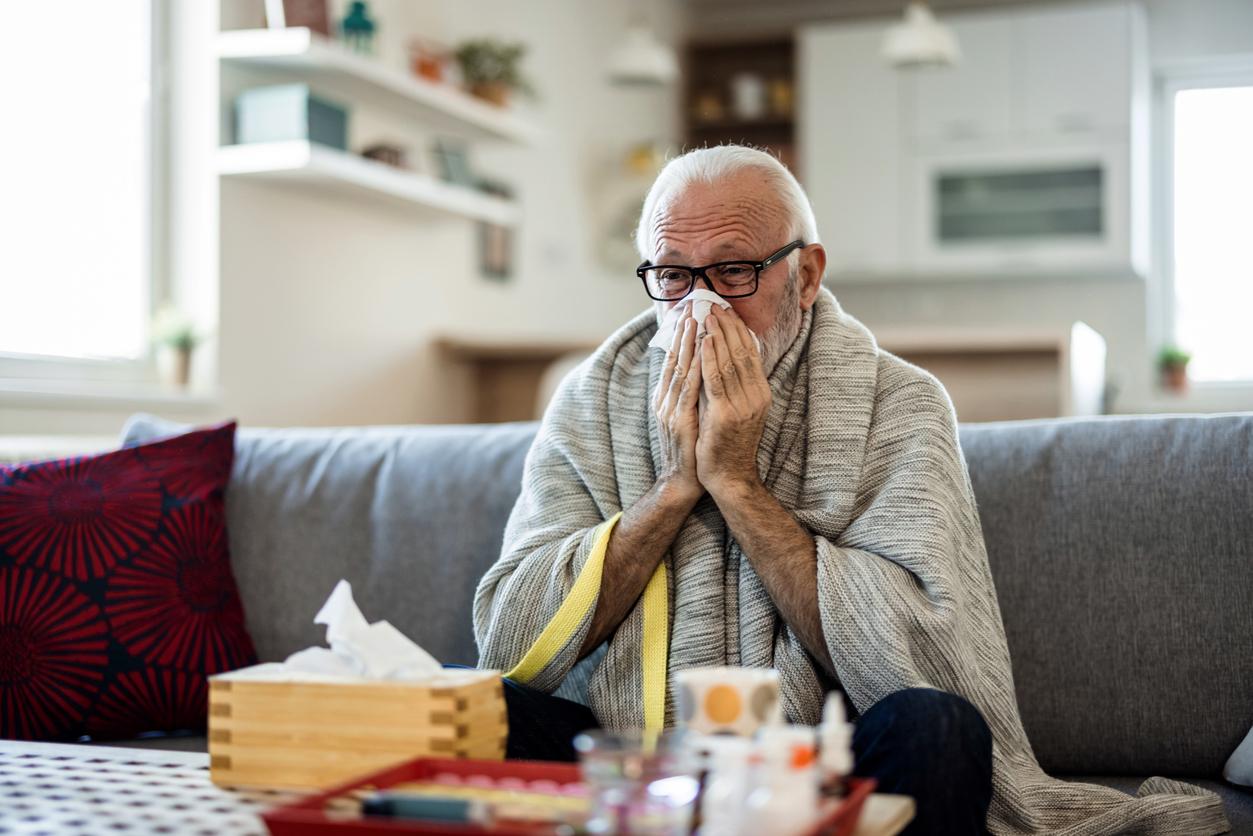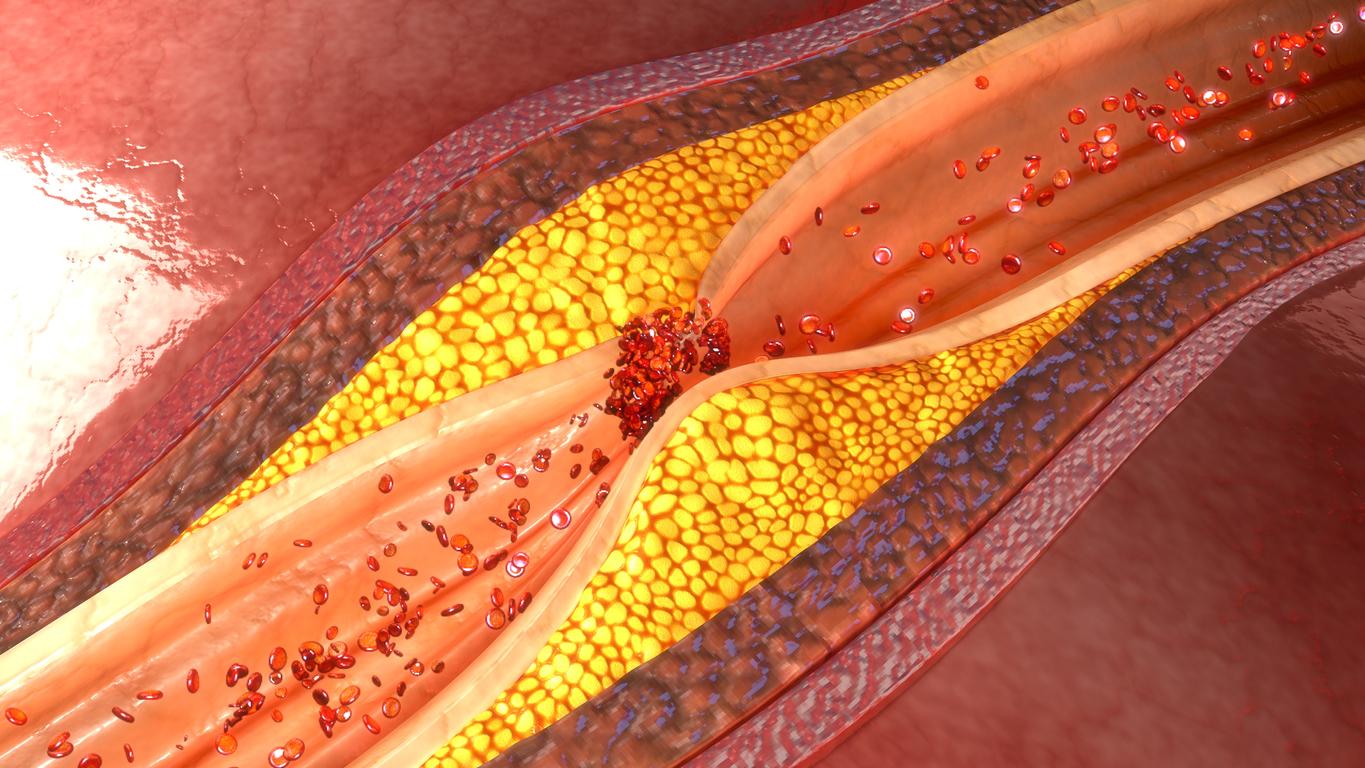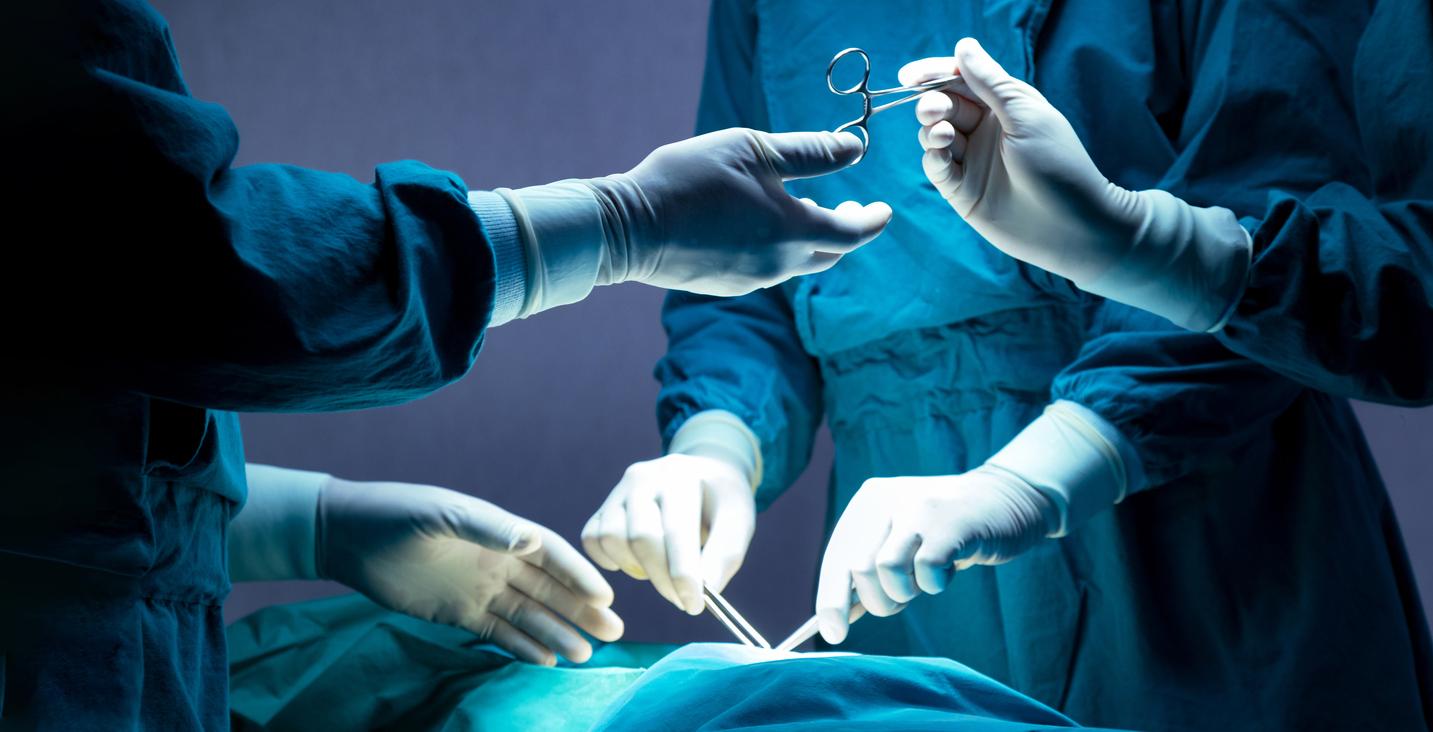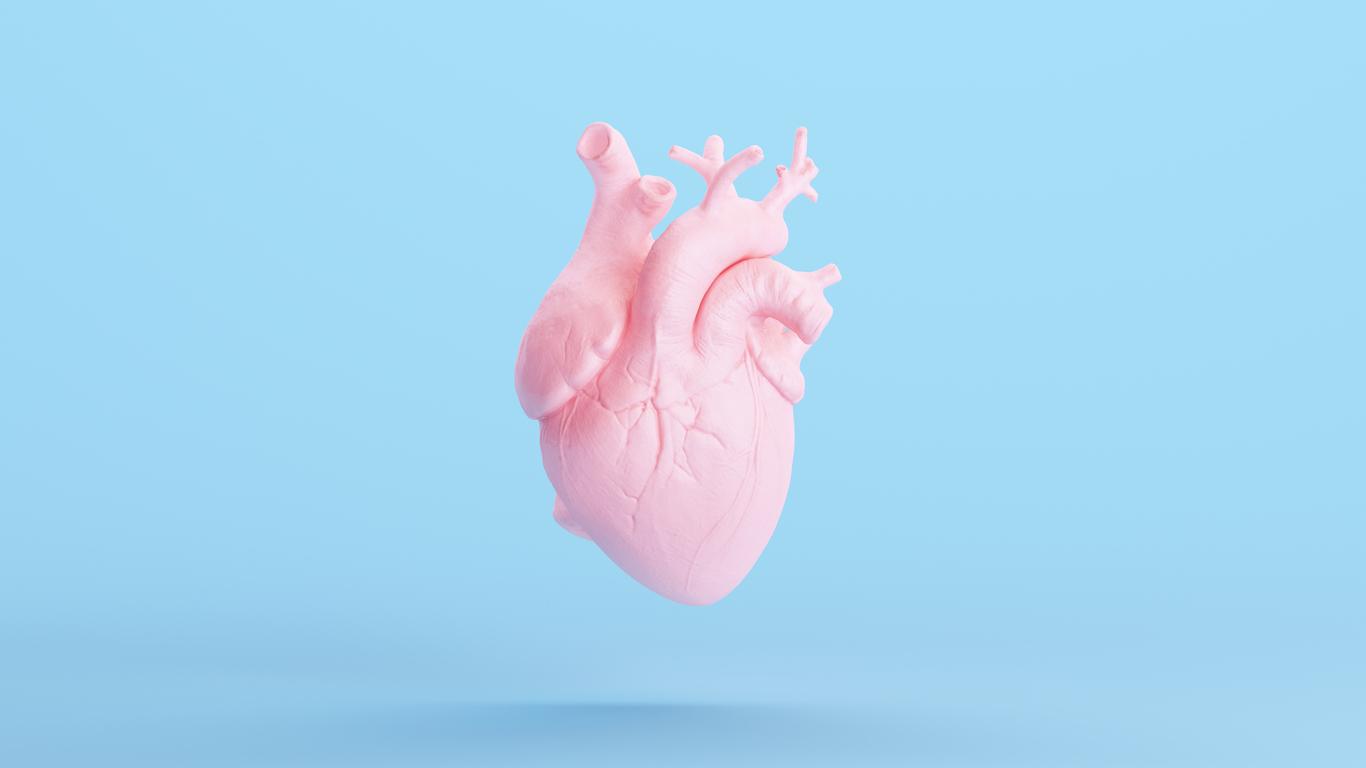According to the National Association of Congenital Cardiacs (ANCC) founded in 1963, 6,500 to 8,000 children are born each year in France with congenital heart disease, a heart defect. This cardiac pathology is in itself the first cause of infant mortality. But fortunately, “thanks to progress in childhood cardiac surgery and to the pugnacity of doctors in taking care of children from birth, they grow up and become adults, which currently represents 250,000 people who have been operated on as survivors”, can we? read the press release from the ANCC, which campaigns for better recognition of the disease.
Dr Vincent Lucet, cardiopediatrician at the Château des Côtes Childhood Cardiology Center (Les Loges-en-Josas, 78, Yvelines) explains the main elements to know about congenital heart disease.
What is congenital heart disease?
“There are three types of heart disease,” explains Dr. Lucet. “There are heart disease acquired in adults (coronary heart disease, infarction, etc.), rheumatic fever in children (infection of the heart valves linked to a streptococcus bacteria) and finally heart disease. congenital, when children are born with a heart defect. »At the anatomical level,« it may be a hole inside the heart, or of a narrowing at the exit of the heart from one of the tubes (pulmonary artery or aorta), or a valvular damage ”, specifies the cardiopediatrician. For its part, “the heart murmur is not specific on its own, it requires a more precise examination (a cardiac ultrasound) to check if there is a malformation or not. “
What are the causes of congenital heart disease?
“Nine times out of ten, there is no specific cause,” says Dr Lucet. “These are random, non-familial, non-genetic, and non-transmitted abnormalities. There are, however, contributing factors, such as alcohol during pregnancy, certain drugs (such as antiepileptics) or poisoning from too much vitamin A … But most of the time, this happens randomly when the heart is shattered. is poorly developed during gestation ”, assures the doctor.
“That’s why the ultrasounds fetals are useful “, adds Vincent Lucet,” this makes it possible to verify that the fetus has indeed four heart chambers, that the large vessels do indeed have the corresponding ventricles, and so on. “
What are the symptoms of untreated heart disease?
“Significant heart disease, that is to say those that are poorly tolerated, result in digestive disorders in children: we have to do with an infant who does not gain weight, who is short of breath from a bottle, who breathes quickly, or who is cyanosis, in other words who has “blue” skin. Cyanosis results from a lack of oxygen in the circulation, explains Dr. Lucet. “There are so-called cyanogenic heart diseases, where there is not enough blood in the lungs, but there are also non-cyanogenic heart diseases called ” left right shunt ”, where there is too much blood in the lungs. lungs. In the latter case, the child breathes quickly and is easily sweaty or short of breath. “
What is the management of these pathologies? What are the difficulties encountered ?
“Most of the time, in cases of severe heart disease, the child needs an operation,” says the cardiopediatrician. “When heart disease is poorly tolerated, it should be operated on, from birth if necessary. We differentiate between corrective operations, which put everything “back to normal”, from palliative operations, when the repair cannot be complete. “
For Dr Lucet, the first difficulty, “is not to miss the diagnosis”, which is not always obvious. The second difficulty is to announce the handicap to the family, which requires a lot of tact and delicacy. Finally, enumerates the doctor, “the third difficulty is the failure or the therapeutic impasse, when there is no miracle solution to palliate the congenital heart disease of the child”. But most of the time, fortunately, the operation is successful and the child survives, nuance Vincent Lucet.
The Doctor adds that when the diagnosis is made in utero during pregnancy, and the heart disease is very serious (absence of a ventricle for example, which will limit the life of the unborn child to two or three years), the The envisaged solution remains the voluntary termination of pregnancy (abortion). “Especially since this leads to looking for chromosomal abnormalities of the Trisomy 21, which are very frequently associated with heart disease, ”he explains.
What are the precautions to take after having had an operation for heart disease?
“For the vast majority of so-called ” simple ” heart disease, the heart has been surgically repaired. The patient will simply have to see his cardiologist once or twice a year during childhood, and once a year or every three to five years as an adult ”.
The cardiopediatrician assures us that most of the time, these patients can play sports and lead a normal life, even if it depends on the heart disease. “If there is no longer any hemodynamic problem, that is to say that there is no leak or narrowing of a valve, in principle the child can even play sports. competition. “
“The danger is the overprotection of the child,” warns Vincent Lucet. “Sometimes overly worried families overprotect the child, who ends up feeling bad about himself with all these prohibitions and recommendations. »For children who have had a palliative operation, the practice of family sport is possible, but the practice of sport in a club is not recommended. “On the whole, we live well with heart disease, as long as it is not persistent, and that we have not been too protected and too much assisted during childhood,” concludes the cardiopediatrician.
In practice, congenital heart disease is considered a long-term disease (ALD, 100% covered by Health Insurance) until the surgery, unless the heart disease requires long-term medical monitoring and treatment. .
Thanks to Dr Lucet and thanks to Marie Paule Masseron, president of theAssociation of congenital heart (ANCC).
Read also :
Heart defect: blue babies heal
Heart defects: toxic emissions questioned
Congenital malformation: air pollution, a confirmed cause
















